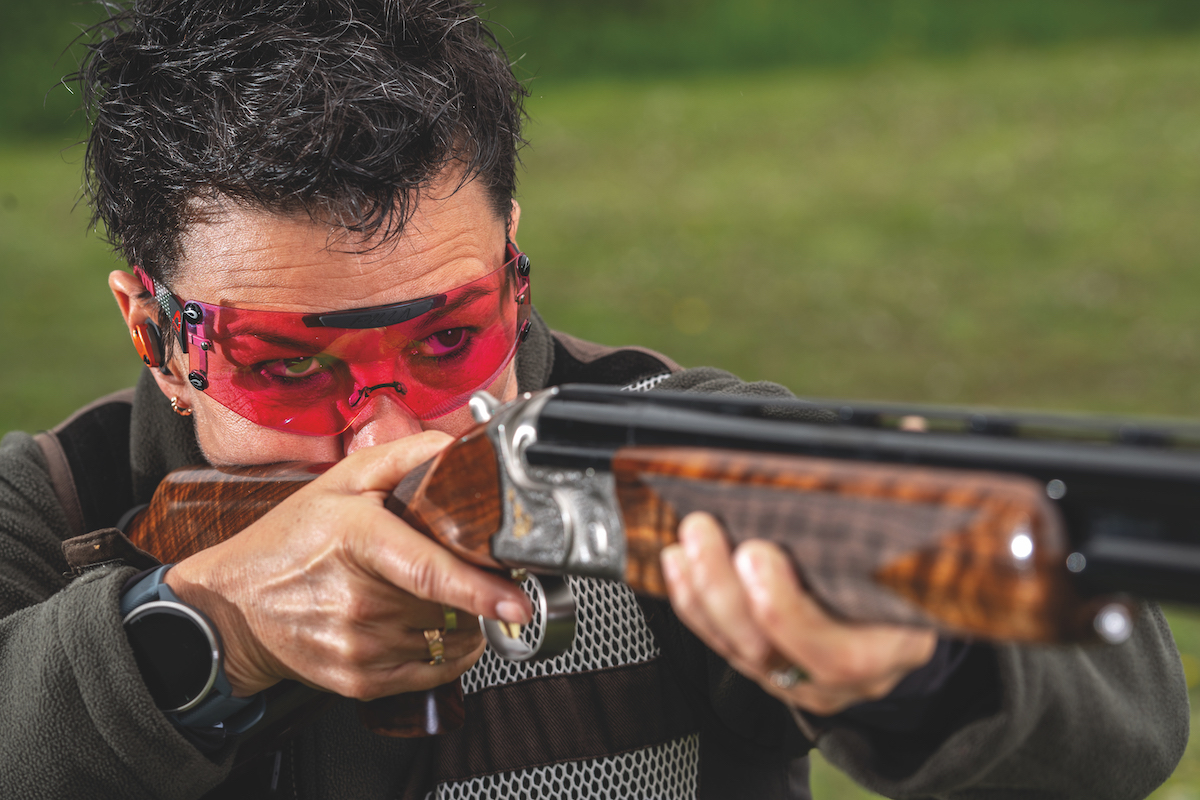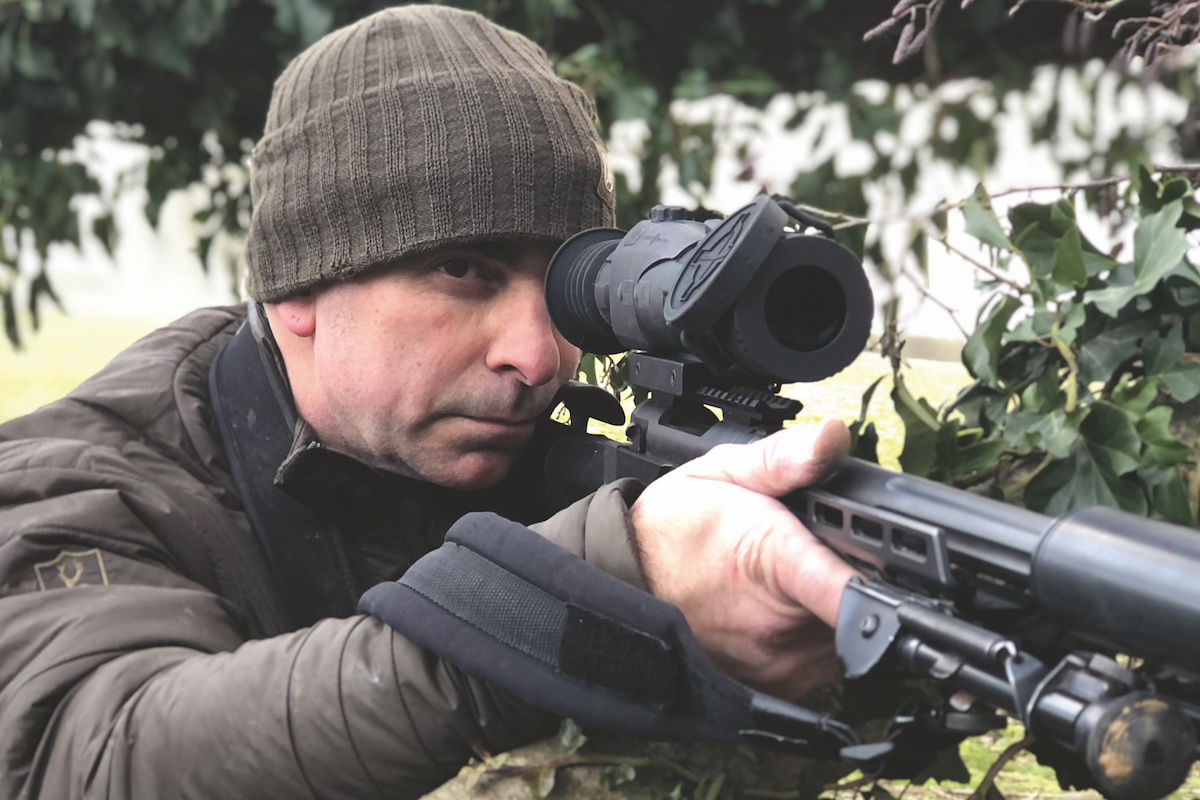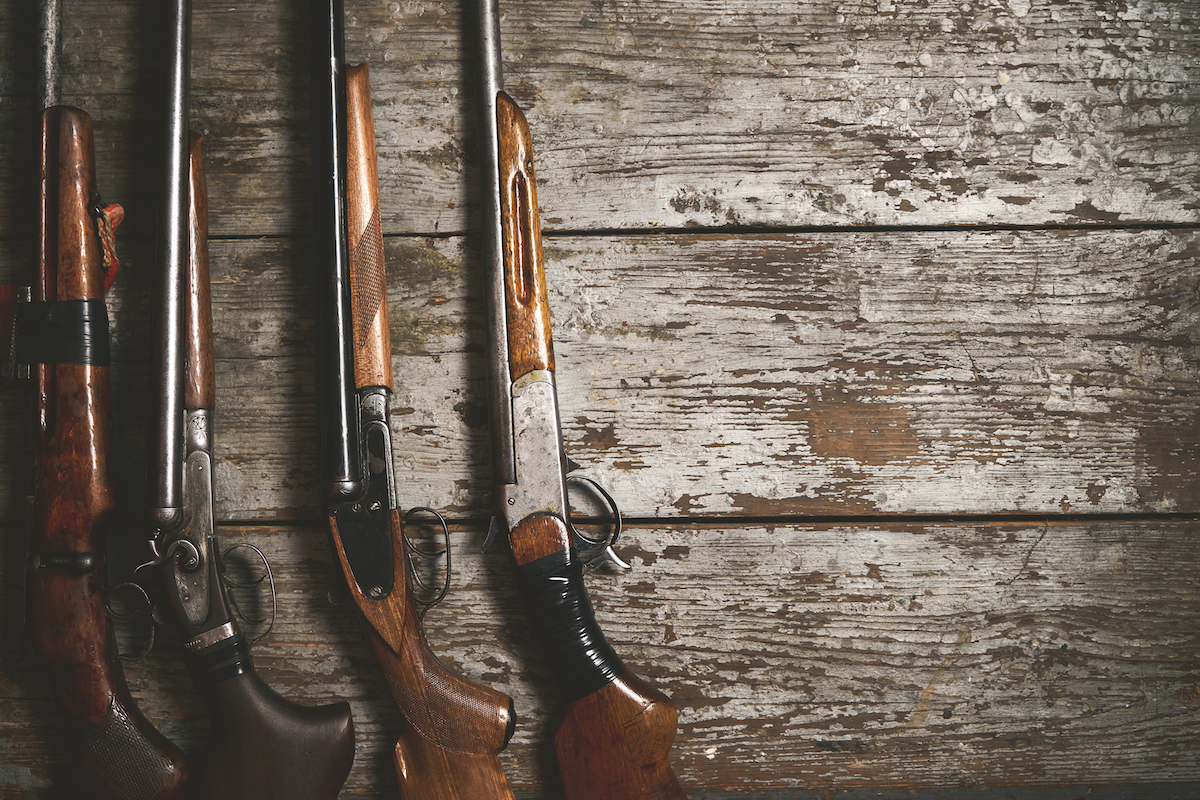Secondhand Browning – three of the best for an all-rounder
Mike George sets out to help a reader whose heart is set on owning a Browning
“I have always wanted to own a Browning, and now I believe some models may fall within my budget. I shoot pigeons and game, and I am also a member of a clay shooting club not far from where I live. In other words, I am an all-rounder.”
Specifications
- Max price: £1,250
- Type: O/U game or Sporter
- Main purpose: clays, pigeons and game
Secondhand Browning Citori review
Secondhand Browning Citori: If you were trying to think of a name for a new gun you hoped would conquer…
20 popular secondhand all-rounders
So you’re on the hunt for a reliable, good quality secondhand over under shotgun. Which is going to suit you…
Secondhand Browning B725
When Browning introduced the B725 shotgun a little over two years ago, the reaction among a number of shooters was to ask why they…
Mike George’s buying advice for choosing the best used Browning for an all-rounder
When John Moses Browning’s famous B25 model first appeared in the gun shops in 1926, the makers boasted that it contained 22 different types of steel and the gun’s 84 parts went through 794 different precision operations. Different heat treatments were applied to 64 of those parts, and 1,490 instruments and gauges subjected the gun’s components to 2,310 different checks and measurements.
All of the gun’s parts were hand-fitted, and skilled craftsmen carried out 155 different operations. By the standards of the age, the gun’s production required the employment of a large number of skilled artisans. The B25 was certainly a work of art but, in modern terms, it was also a production engineer’s worst nightmare, which is one of the reasons why, in the middle 1960s, Browning formed an alliance with Miroku of Japan to build a series of shotguns affordable to the average shooter.
The guns were called the Citori range, and they still are in the USA. The name always makes me smile, because “Citori” actually means nothing in anyone’s language, but is an invention of the Browning marketing department.
Anyway, it is within the ranks of the Miroku-built Brownings that we shall find a gun for David.

Mechnically, the Browning B525 Game gun hadn’t changed from its predecessor. The engraving on the action has a game scene on each side, with a pheasant on one side and duck on the other
Browning B525 Game
The B525 in its many forms has been with us for 15 years now, but a new version of the game gun came out a couple of years ago, so David should be able to afford one if he can find an example on the second-hand shelves.
There weren’t many updates to the gun, although one reviewer found the woodwork better than what is usual on Grade 1 Brownings. On a casual glance the most obvious change is the substitution of the old hard plastic butt plate with a soft rubber pad.
- I’m recommending the game version rather than the sporter because David seems to prefer field shooting to clays, and, for the field, the weight at 7¼lb is just right.
- Barrels are 28in or 30in, and I’d recommend the 30in unless David does a lot of shooting from a hide, where the longer tubes can sometimes be a handicap to rapid reloading.
- The barrels have solid side ribs, and the parallel top rib is ¼in wide and terminates in a small brass bead foresight – something I like on a game gun.
- The tubes, with 3-inch chambers, are internally chromium plated, and have been submitted to steel shot proof. When buying this latest version second-hand, be sure that the two spare choke tubes, the original black carry case, and the kit to change the mechanism to auto-safety, are all present.
There was a fear that when Browning brought out the B725 range, the much-loved B525 would be allowed to die out. Instead, it seems the model still has a bright future.

Browning Cynergy
Browning Cynergy
When I began researching the Cynergy I was surprised it was no longer featured on the manufacturer’s European website. However, it features strongly on the company’s USA website, which perhaps shows that while European shooters found it too advanced, the Americans have no such hang-ups.
All that said, there are quite a few around on the second-hand racks, at prices David will be able to afford.
So, what’s so weird and wonderful about the Cynergy? Well, the most obvious feature is that the jointing seems to have been made back-to-front, in that the convex part of the knuckle is on the fore-end iron, and the concave part is on the forward end of the action housing.
What’s more, there is no cross-pin or stub pins, but the gun is hinged on quarter-circular cut-outs in the barrel monobloc mating with quarter-circular projections in the action walls. I’ve only ever seen such a feature on one other gun – the Swedish-built Flodman I tested in the mid-1980s.
And if the jointing isn’t unusual enough, there are no hammers within the action, the firing pins being propelled forward by the main springs through a series of levers. When the gun came out in 2004, Browning claimed that this arrangement gave an exceptionally fast lock time.
This could be for David if he wants something unusual, I’m sure it would be the subject of great curiosity among his friends.

Browning B525 Sporter
Browning B525 Sporter
This would be the gun for David if he found the game version too light. He’d appreciate a bit of extra weight if he struggles with recoil, or prefers 32g cartridges for his game and pigeon shooting. Like all good Sporters, it weighs around 7¾lb.
Like the game model, the Sporter hasn’t been totally eclipsed by the B725, and it is still available as a new gun. The 525 series was introduced in 2003, and at one time I counted 27 variations and, if you took account of different barrel lengths available, there was a mind-boggling selection of over 50 different guns.











